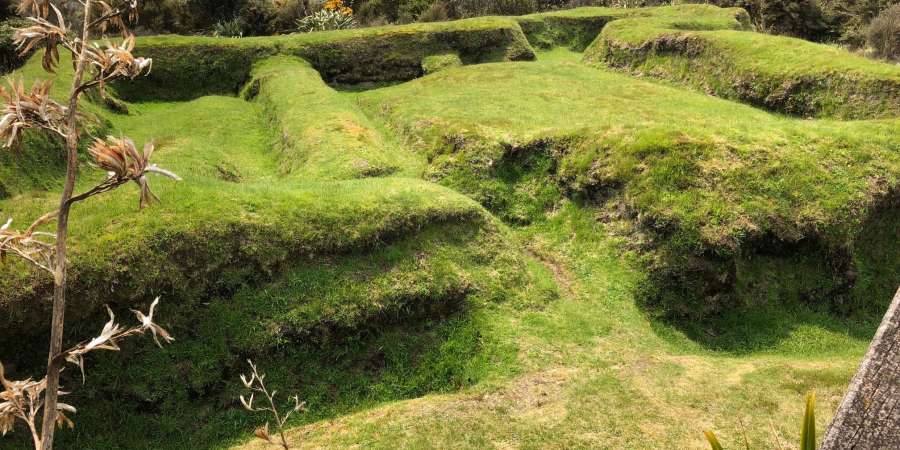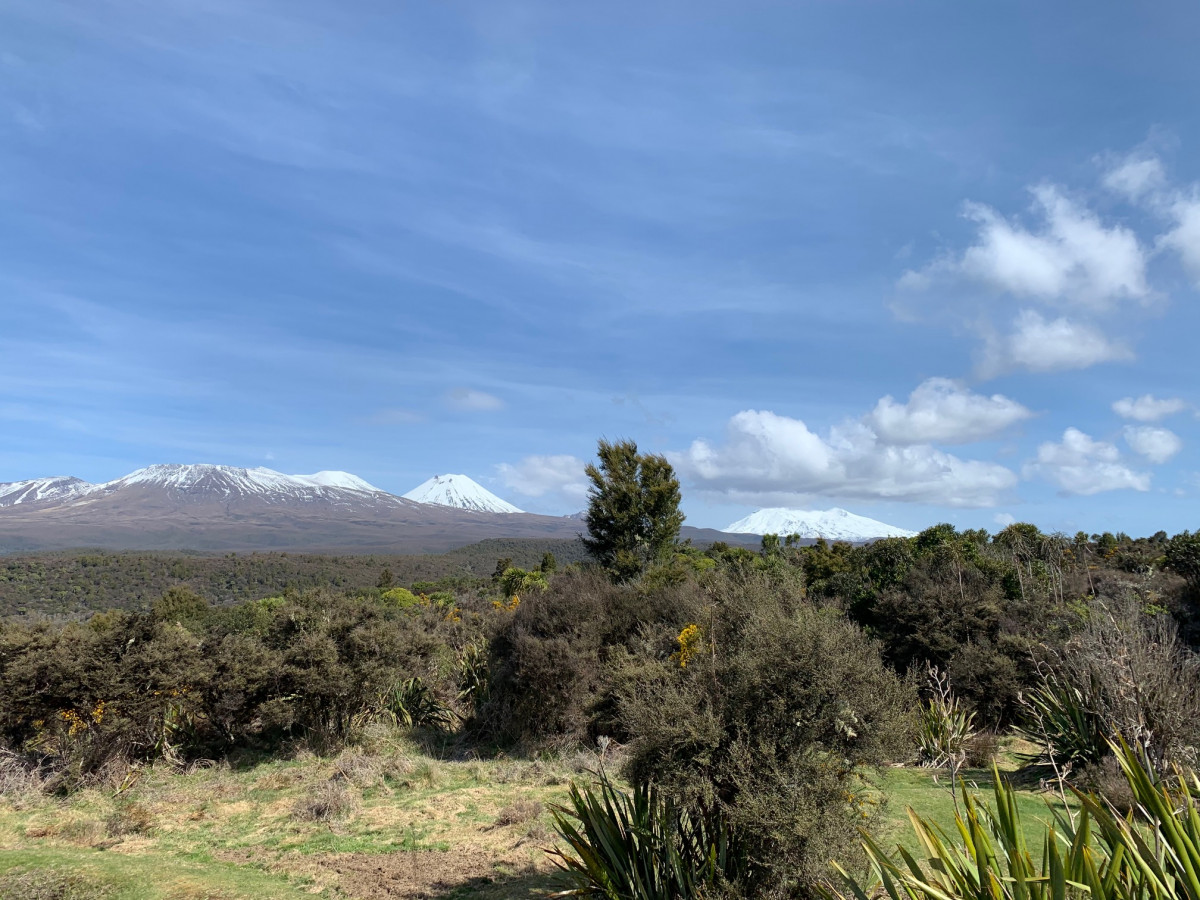Discover the history of Te Pōrere Redoubt
Just off SH 47, 25 km from National Park Village, lies one of our region's many hidden gems - the historic Te Pōrere Redoubt. But what makes this site special and why is it famous? Find out here...

In commemoration of the 150th anniversary of the battle, Ngāti Hikairo ki Tongariro and Heritage New Zealand Pouhere Taonga together to enable vegetation management, track upgrades, signage refresh, fence repairs and the installation of a pou whakairo onsite to mark the coming together of people.
Heritage New Zealand also recorded the two pā sites as high-resolution digital 3D models using drone-based aerial photogrammetry and ground-based laser scanning. These 3D models have been added to interpretation signs onsite at Te Pōrere.

Posted in Explore Our World- Tongariro on 20 April, 2020
Latest Posts

Explore Our World - School Groups

What do I need to know before going to the snow?
